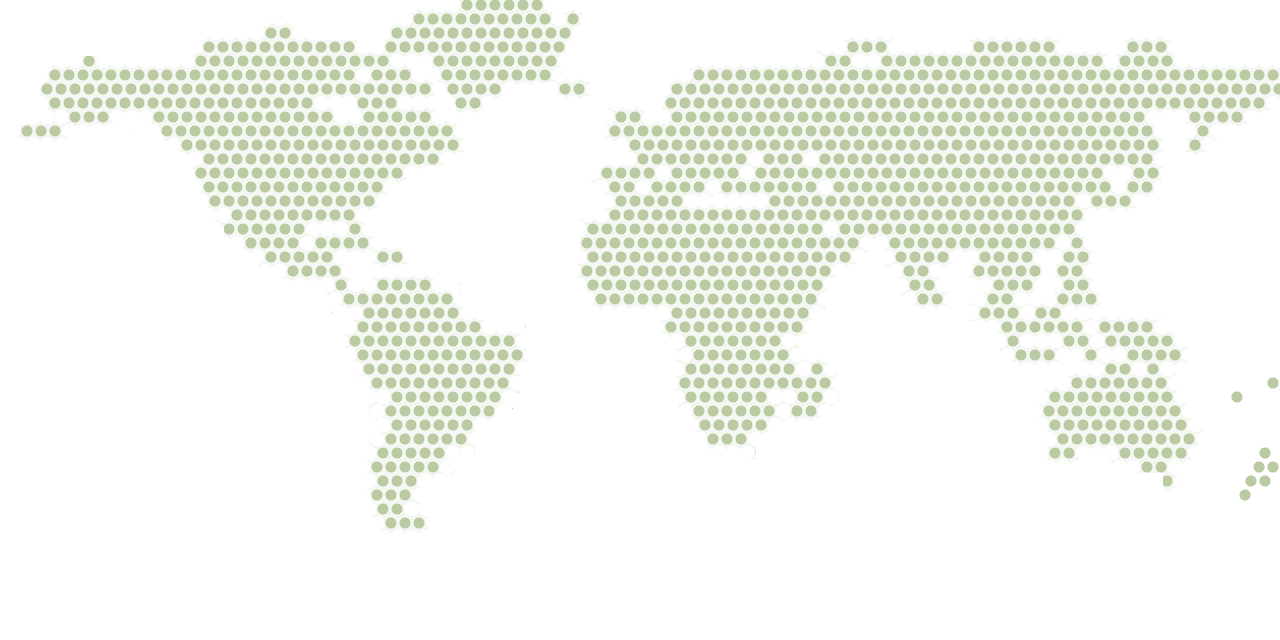Activity List
Activity List
CHALLENGE:The Government of Mexico presented to the United National Framework Convention on Climate Change (UNFCCC) an ambitious Intended Nationally Determined Contribution (INDC), where actions on the Land Use and Land Use Change Sector (LULUCF) are predominantly featured: deforestation reduction, Afforestation/Reforestation, restoration of degraded lands. To take the first steps towards the implementation of the INDC, the National Institute of Climate Change and Ecology will conduct a consultancy to support the development of a road map for LULUCF. Additionally, CONAFOR and the National…
Read More
CHALLENGETrees have the potential to be an important crop in the overall agriculture, food security, and poverty debates in setting appropriate policy in Sub-Saharan African countries. However, there is currently insufficient knowledge and appreciation of the benefits of on-farm tree planting (and agroforestry) to agricultural production and farmers’ livelihoods.APPROACHThis activity aims to enhance the understanding and appreciation of the role of on-farm trees in forestry (as a share of total forest land), agriculture, and farmers’ livelihoods in Africa. The study proposes to establish a…
Read More
CHALLENGEIn Turkey, forest villagers constitute a significant proportion of the country’s poor and are viewed as an important resource for managing forests. Similarly, forests provide the villagers with an important source of direct employment and a supply of subsistence goods and services. Over the past 35 years, migration to urban areas has reduced the population of forest villages from 18 to 7 million—a level that forest authorities consider critically low to adequately manage upland ecosystems sustainably.Moreover, many of the migrants were of working age, leaving the work of properly…
Read More
The forest sector in Ukraine has the potential to more than double its contribution to the national economy by increasing timber harvests and forest products in line with modern sustainable forest management practice. To this end, PROFOR provided analytical input to a forest sector reform process to introduce measures that: set harvesting levels in accordance with actual forest growth rates; reduce the level of "sanitary cutting" with a corresponding increase in final, regeneration and thinning volumes; and capture carbon trade finance to support reconstruction of forests in abandoned or…
Read More
PROGRAM SUMMARYThe overarching goal of this project is to support the World Bank Group's efforts to promote sustainable poverty reduction in forests and to work with governments and the international community to promote the use of forests and their resources to reduce poverty and boost shared prosperity.CHALLENGEWhile knowledge is increasing about forests as a source of day-to-day subsistence and as a safety net in times of need, much less is known about the extent to which forests can provide a pathway out of poverty. Currently, there is no systematic understanding of how forests may help…
Read More
PROGRAM SUMMARYThe development objective of this project is to improve the understanding of forest-water interactions in the Congo Basin across World Bank project teams, client countries and climate scientists in Africa, and to strategize potential application to development programs and policies in the region. The analysis seeks to use emerging data and research to identify links between forest loss and degradation and water resources in the Congo Basin in the context of climate variability, covering impacts both locally and from a regional hydrologic cycle perspective.CHALLENGEThe Congo…
Read More
Rural households in Armenia are heavily reliant on fuelwood to meet their heating and energy needs. In addition to fuelwood, the forest-adjacent population uses the forests for various means, including shelter, fodder for grazing cattle, and a means to access grazing lands and to supplement their income by selling non-timber forest products. Many communities also benefit from ecosystem services provided by Armenia’s forests, including erosion and flood protection. However, Armenia’s forests, which make up between 6-12% of its total land area, have been in decline since the 1990s. Illegal…
Read More
Program SummaryThe development objective of this activity is to increase knowledge and awareness about the impacts of forest fires in a changing climate and identify effective response strategies and actions to build the resilience of forests and communities.ChallengeForest fires degrade forest ecosystems and impair on their capacity to serve global development and poverty reduction objectives. Substantial and rapid shifts are projected for future fire activity across vast portions of the globe, including tropical and subtropical regions. Projections suggest that wildfires will become so…
Read More
CHALLENGEIn India, some 100 million people live in and around forests and depend heavily on the collection and marketing of non-timber forest products. However, a lack of information on the links between poverty and forest dependence impedes meaningful interventions to reduce poverty and improve the overall well-being of this significant population.APPROACHThe specific objectives of this work are to:Shed light on the extent to which the poor in India depend on forests and their associated ecosystem services for their livelihoods;Assess whether and how investing in sustainable forest…
Read More
CHALLENGETremendous progress has been made in reducing poverty over the past three decades. Nonetheless, more than 1 billion people worldwide still live in destitution. In addition, rising prosperity in many countries is accompanied by social exclusion and increasing inequality. The post-2015 Development Agenda has thus made reducing poverty its priority. The new World Bank strategy reinforces this objective, aiming to end extreme poverty in a generation and to promote shared prosperity for the bottom 40 percent. These goals will only be achieved if development is managed in an…
Read More









